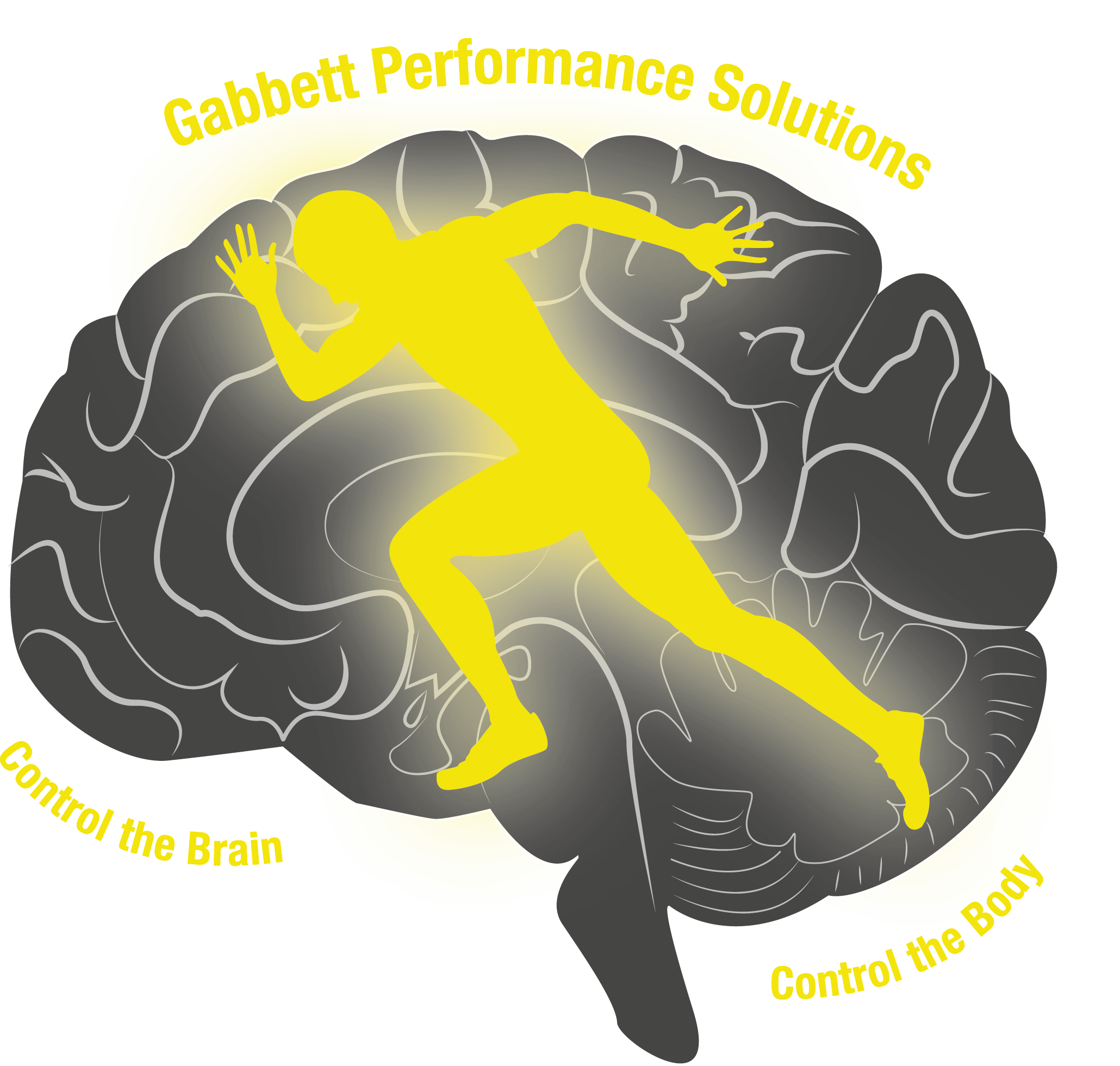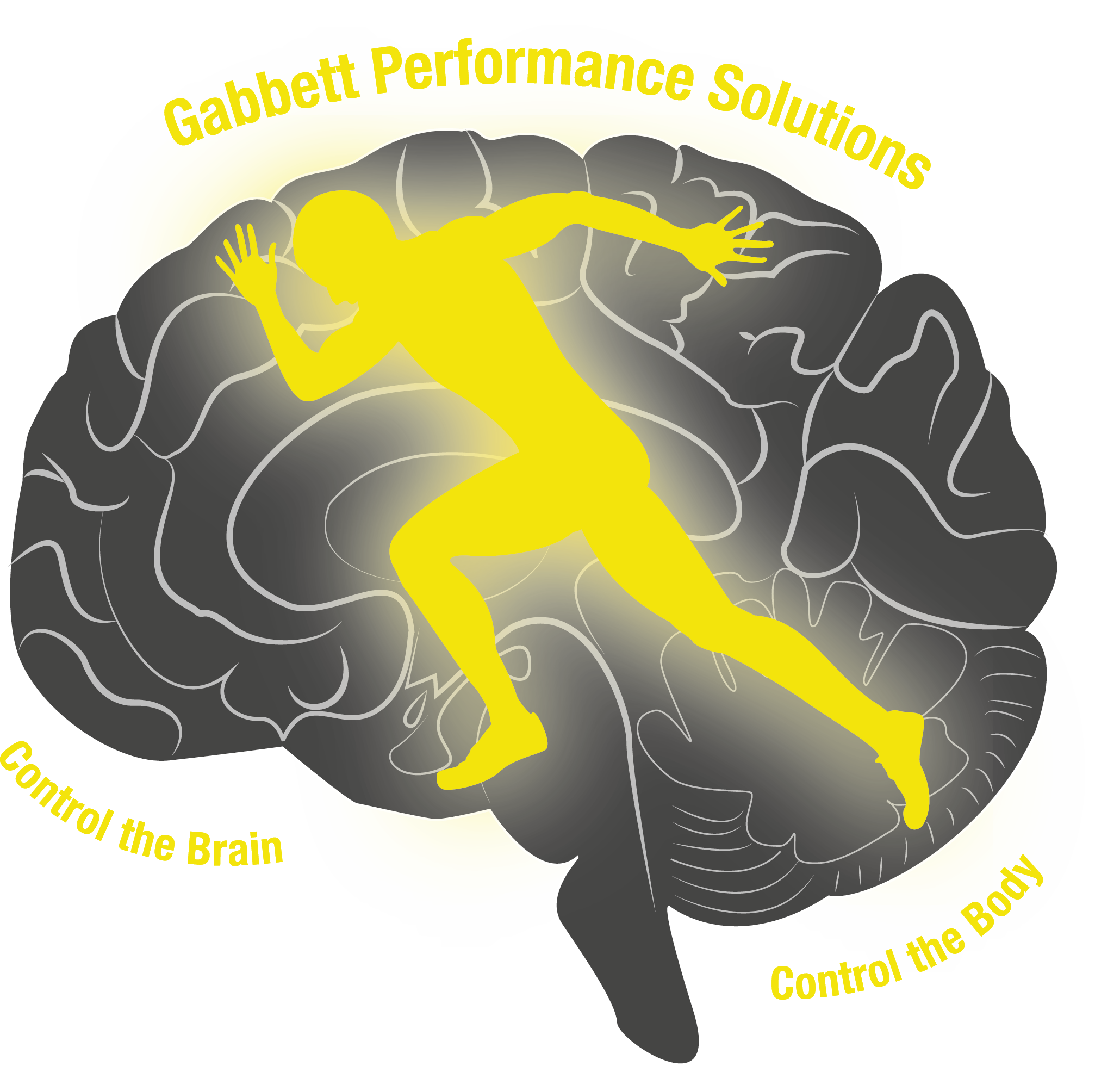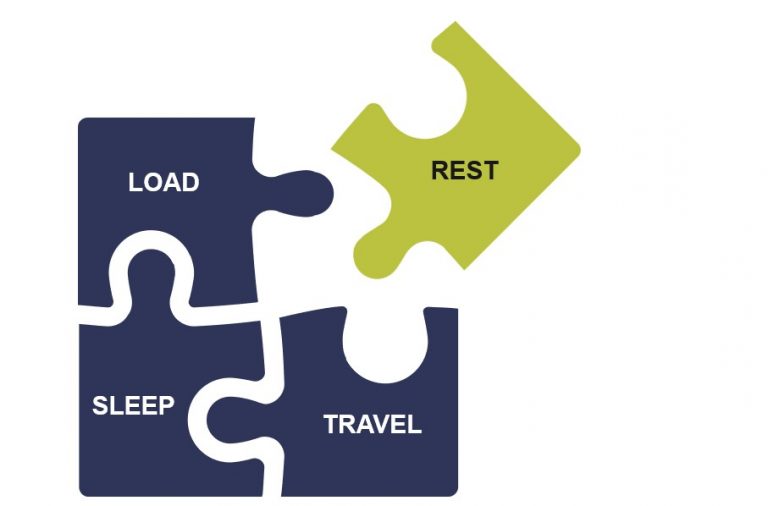Research has shown a moderate-strong relationship between training load and injury; (1) higher chronic loads have been associated with lower injury risk, while (2) injury risk significantly increases with rapid increases (i.e. spikes) in training load.1 Injury reduction is an important pursuit for high performance teams as greater availability has been directly linked with better performances.2-4 Given that no trophies are given for the least number of injuries sustained during a season, it is reasonable to question if the strong relationship between training load and injury also applies for training load and performance.
Training Load and Performance in Self-Paced Individual Sports
Several studies have investigated the influence of training load on athletic performance, with performance generally improving with increases in training load.5-6 For example, in an early study of cyclists, runners, and speed skaters, a 10-fold increase in training load was associated with a ~10% improvement in performance.5 Furthermore, others have reported a significant positive relationship between greater training volume and performance (r=0.50-0.80) and greater training intensity and performance (r=0.60-0.70) in competitive swimmers.6 Although several factors can impact performance, these results demonstrate that in self-paced, individual sports, the applied training load contributes significantly to overall performance. But what about team sport performance?
Training Load and Performance in Team Sport Athletes
In a recent systematic review, Fox et al.7 investigated the relationship between training load and performance outcomes in team sport athletes. The key findings from this review included:
- Greater training exposure was associated with better aerobic performance;
- A greater proportion of time spent at high intensities (>90% maximum heart rate) was associated with better aerobic performance;
- No clear associations were found between training load and neuromuscular variables or game-related statistics.
Given these findings, a simplistic view may be that in team sports (1) training load only improves aerobic performance, (2) when that training is of sufficiently high-intensity, but (3) training load has no effect on in-game performance. However, it is important to note that at the time of the review, the vast majority of research had used internal rather than external training load measures (10 vs. 5 studies), measured aerobic (10 studies) rather than neuromuscular (1 study) variables, with performance outcomes predominantly measured via physiological assessments (16 studies) rather than in-game performance (2 studies). It is difficult to find associations between variables when those variables have not been measured in previous studies!
What Does the Latest Research Tell Us About Training Load and Performance in Team Sport Athletes?
High-intensity intermittent team sports (such as soccer, basketball, lacrosse, and ice hockey) require players to perform high-intensity actions (e.g. running, jumping, or skating) interspersed with short recovery periods. Although prolonged high-intensity effort ability is critical for these sports, it is difficult and often impractical to assess these qualities in-season, when players are recovering from game-to-game. Recently, Hulin et al.8 addressed this issue in professional team sport athletes. They demonstrated a relationship between a maximal-effort running test and sub-maximal running performance; players with better maximal-effort running ability also had the best heart rate recovery following a 4-minute sub-maximal running test. These findings demonstrate the utility of a sub-maximal test to infer maximal-effort ability in team sport athletes and demonstrate that a sub-maximal test may be appropriate to use when maximal-effort testing is impractical. In a subsequent study, these authors investigated the relationship between training load, injury and performance.9 There were 3 key findings from this study that are directly applicable to high performance practitioners:
- Lower chronic loads and higher acute:chronic workload ratios were associated with poorer sub-maximal running test performance (Figure 1);
- Poorer sub-maximal running test performance was associated with greater injury risk (consistent with several other studies, rapid spikes in training load were also associated with greater injury risk);
- In contrast to the common belief that exponentially weighted moving averages (EWMA) offer the best approach to modelling the acute:chronic workload ratio, no differences were found between EWMA and rolling averages in terms of the training-performance relationship.
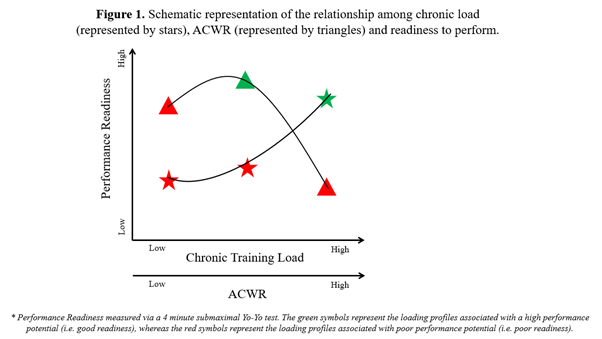
How Can Practitioners Apply These Findings in Their Day-to-Day Practice?
- While the Hulin et al.9 study confirms the relationship between rapid spikes in training load and injury risk, they also show, for the first time, the training profiles associated with performance readiness (as estimated from the submaximal running test).
- A submaximal running test, that can be easily applied in the warm-up, offers a useful surrogate measure of high-intensity running ability.
- These findings provide practitioners with ‘real-world’ evidence that building to higher chronic loads and progressing these training loads in a sensible manner (i.e. avoiding large spikes in load) not only improves player availability (by decreasing injury risk), but also ensures that players reach game-day ready to perform (Table 1).
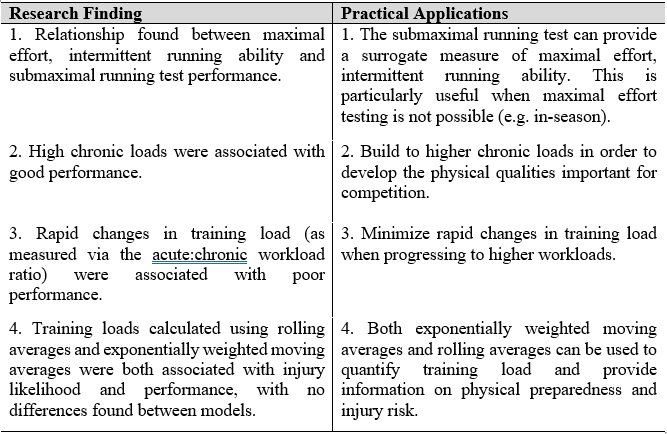
Further Reading
- Gabbett TJ. The training—injury prevention paradox: should athletes be training smarter and harder? Br J Sports Med 2016;50:273-280.
- Eirale C, Tol JL, Farooq A, et al. Low injury rate strongly correlates with team success in Qatari professional football. Br J Sports Med 2013;47:807-808.
- Hagglund M, Walden M, Magnusson H, et al. Injuries affect team performance negatively in professional football: an 11-year follow-up on the UEFA Champions League injury study. Br J Sports Med 2013;47:738-742.
- Drew MK, Raysmith BP, Charlton PC. Injuries impair the chance of successful performance by sportspeople: a systematic review. Br J Sports Med 2017;51:1209-1214.
- Foster C, Daines E, Hector L, et al. Athletic performance in relation to training load. Wisc Med J 1996;95:370-374
- Stewart AM and Hopkins WG. Seasonal training and performance of competitive swimmers. J Sports Sci 2000;18:873-884.
- Fox JL, Stanton R, Sargent C, et al. The association between training load and performance in team sports: a systematic review. Sports Med 2018;48:2743-2774.
- Hulin BT, Gabbett TJ, Johnston RD, Jenkins DG. Sub-maximal heart rate is associated with changes in high-intensity intermittent running ability in professional rugby league players. Sci. Med. Football., 2019;3:50-56.
- Hulin BT, Gabbett TJ, Pickworth NJ, et al. Relationships Among PlayerLoad, High-Intensity Intermittent Running Ability, and Injury Risk in Professional Rugby League Players. Int J Sports Physiol Perform 2019; 14;1-7. doi: 10.1123/ijspp.2019-0139.Online ahead of print.
Want to learn more from Tim? Learn more about how we can help your high performance team.
ONLINE COURSES
Accessible courses with interactive activities to study at your own pace, available 24/7 online whenever you need them.
CONSULTANCY
Performance reviews, data analysis, competition support and professional development for high performance sporting, cultural and military teams.
WORKSHOPS
Fully accredited professional development workshops for sports scientists, athletic trainers and other high performance practitioners.
